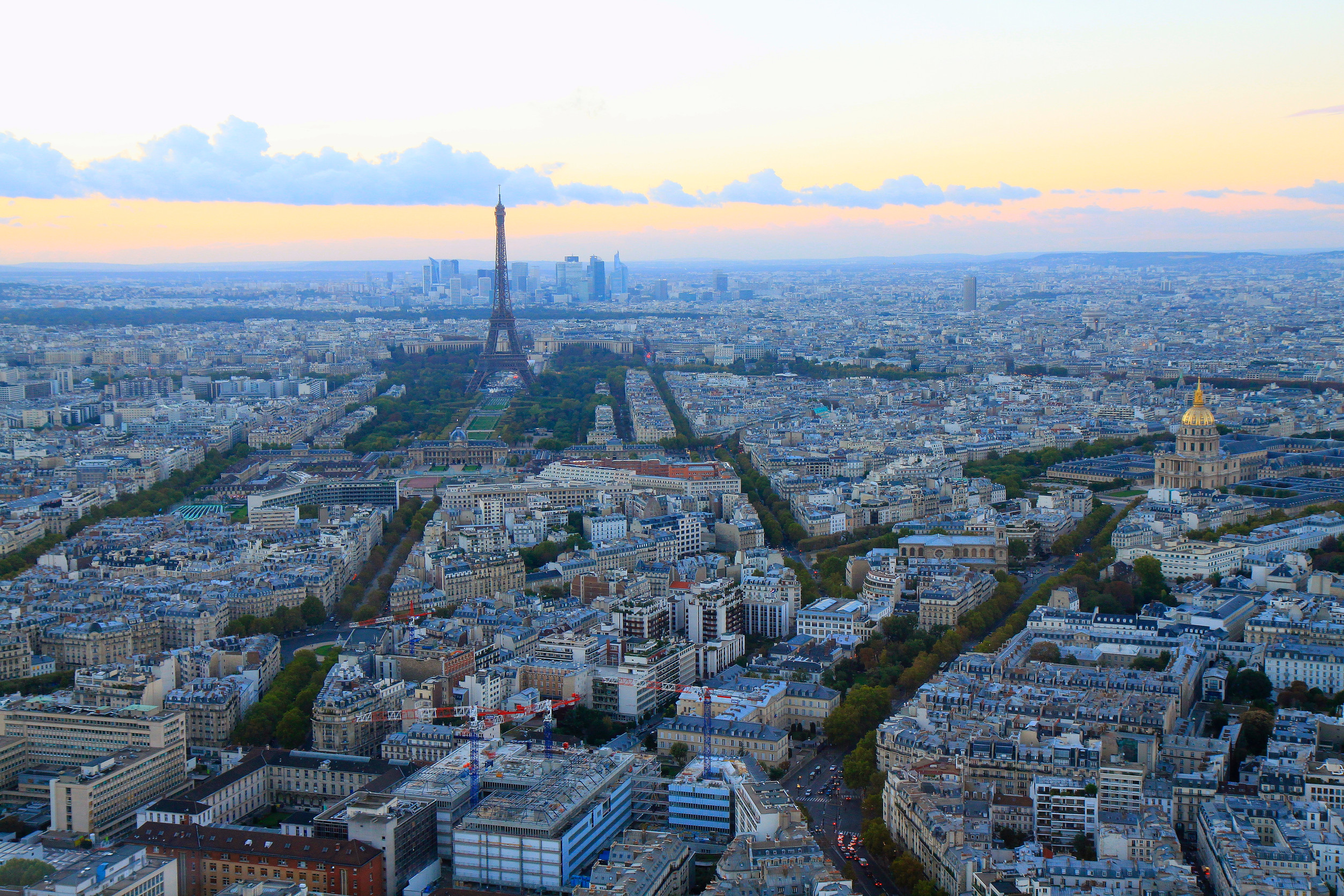BY THE OPTIMIST DAILY EDITORIAL TEAM
In a resounding show of support for a greener, more walkable city, Parisians voted to pedestrianize an additional 500 streets across the capital. The March 23 referendum marks another milestone in Paris’s broader campaign to curb car use and improve urban air quality.
According to official results, 65.96 percent of voters supported the measure, while 34.04 percent opposed it. Turnout was low, with only 4.06 percent of eligible residents casting a ballot. Nevertheless, the outcome provides a clear mandate for the city’s left-leaning town hall to move forward with its ambitious pedestrianization plans.
This latest vote builds on a series of transportation reforms introduced in recent years. In 2023, Parisians approved a ban on shared e-scooters, and the city also introduced a significant hike in parking fees for large SUVs. Sunday’s vote will lead to the removal of 10,000 more parking spaces—on top of the 10,000 already eliminated since 2020.
Residents to help shape the transformation
The city’s two million residents will be consulted on which streets should become car-free zones. These new pedestrian areas, often referred to as “green lungs,” offer spaces where people can walk, cycle, and gather free from traffic and noise. With this latest expansion, Paris will have nearly 700 pedestrian streets—representing just over ten percent of all city streets.
Data from Paris’s town hall reveals that car traffic in the capital has dropped by more than half since the Socialist party came to power in the early 2000s. The reduction reflects a growing commitment to sustainable urban planning and aligns with broader European goals to address pollution and climate change.
Still catching up on green space
Despite the progress, Paris still trails behind other European capitals when it comes to green infrastructure. According to the European Environment Agency, green spaces—including public parks, private gardens, wetlands, and tree-lined streets—make up only 26 percent of Paris’s urban area. That figure is well below the European capital average of 41 percent.
The expansion of pedestrian zones is viewed as a key step toward closing that gap, enhancing livability, and promoting healthier, more climate-resilient neighborhoods.
As Parisians prepare to help decide which streets will go car-free, the city takes another strong stride toward a future with less traffic, cleaner air, and more room for people to breathe.











